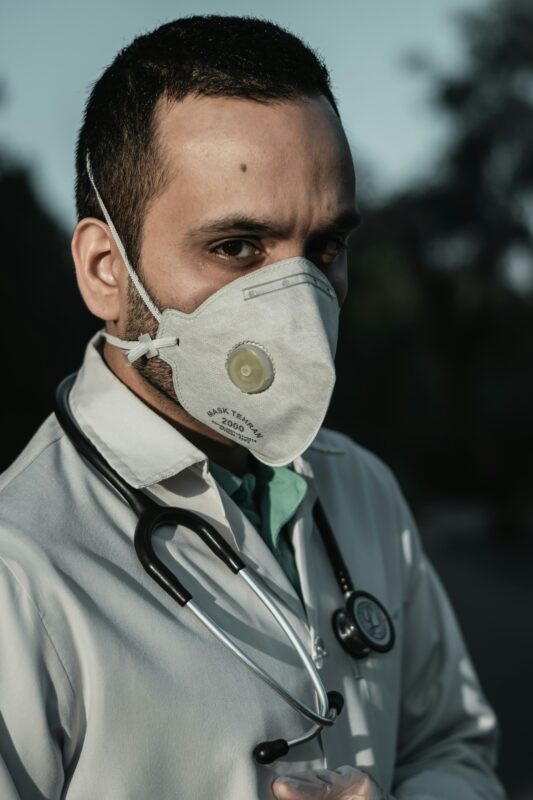Signs of Bird Flu in Humans: How to Identify and Prevent It

Signs of Bird Flu in Humans: How to Identify and Prevent It
Bird flu, or avian influenza, is a virus that primarily affects birds but can occasionally spread to humans. Recognizing the signs of bird flu in humans early is essential for effective treatment and containment. This article provides a comprehensive guide to identifying symptoms, understanding how bird flu spreads, and taking preventive measures to stay safe.
What Is Bird Flu?
Bird flu is caused by influenza viruses that primarily infect birds. Strains like H5N1 and H7N9 have been known to cause outbreaks among humans, often resulting in severe illness.
When the signs of bird flu in humans appear, they typically resemble those of regular flu but can escalate into life-threatening complications, such as pneumonia or respiratory failure. Understanding how the virus spreads is critical to preventing infection.
How Does Bird Flu Spread to Humans?
1. Contact with Infected Birds
The virus spreads when humans come into direct contact with infected birds or their secretions, such as saliva, feces, or nasal discharge.
2. Contaminated Surfaces
Handling contaminated equipment, clothing, or surfaces can also lead to infection. Proper hygiene practices are essential in areas where bird flu outbreaks have occurred.
3. Consuming Undercooked Poultry
While less common, eating raw or undercooked poultry or eggs can expose individuals to the virus.

Signs of Bird Flu in Humans
Recognizing the signs of bird flu in humans early can save lives. Common symptoms include:
- High fever: Typically above 100.4°F (38°C).
- Cough: Persistent and often accompanied by chest discomfort.
- Sore throat: A common early sign of the virus.
- Muscle aches: Generalized body pain and fatigue.
- Difficulty breathing: A severe symptom requiring immediate medical attention.
In advanced cases, the virus can lead to pneumonia, acute respiratory distress syndrome (ARDS), or organ failure. If you notice these symptoms after contact with birds, seek medical care immediately.
Preventive Measures to Avoid Bird Flu
1. Avoid High-Risk Areas
Steer clear of live bird markets and regions with reported bird flu outbreaks. If exposure is unavoidable, wear protective clothing.
2. Maintain Proper Hygiene
Wash your hands frequently with soap and water, especially after handling birds or poultry products.
3. Cook Poultry Thoroughly
Ensure that poultry and eggs are cooked to an internal temperature of 165°F (74°C) to kill any potential virus.
4. Stay Updated
Follow guidelines from health authorities like the World Health Organization (WHO) to stay informed about outbreaks and precautions.

Global Impact of Bird Flu on Humans
While outbreaks of bird flu are rare, their impact is significant. The economic effects include losses in poultry farming, rising food prices, and restrictions on exports. The emotional toll on affected communities, particularly those dependent on poultry for their livelihood, is equally severe.
The emergence of signs of bird flu in humans in various regions has also prompted global efforts to monitor and contain outbreaks. Vaccination development and public health campaigns are crucial to managing the risks.
Challenges in Recognizing Signs of Bird Flu in Humans
Identifying the signs of bird flu in humans early can be challenging due to the similarity of symptoms with regular flu. Misdiagnosis or delayed treatment can lead to severe complications.
Improved access to healthcare and robust surveillance systems are essential to addressing these challenges. Health organizations also emphasize the importance of educating the public about symptoms and risks.
What to Do If You Notice Signs of Bird Flu in Humans
If you or someone you know shows symptoms after contact with birds, take these steps:
- Seek Immediate Medical Attention: Antiviral medications like oseltamivir (Tamiflu) can help reduce the severity of the disease.
- Isolate the Patient: Limit contact with others to prevent potential spread.
- Notify Health Authorities: Report suspected cases to local health departments for timely intervention.
Conclusion
Recognizing the signs of bird flu in humans is the first step toward effective prevention and treatment. By practicing proper hygiene, avoiding high-risk areas, and staying informed, you can minimize your risk of infection. While the virus remains a global concern, vigilance and awareness can make a significant difference in protecting public health. cases underscore the importance of vigilance in monitoring zoonotic diseases.
